Rome Ghetto
As the Germans conquered Europe, the Jewish population in the respective conquered territories ended up under German control. This meant that jewish lives were in immediate danger. In states that were allied or cooperated with Nazi Germany, the germans expected full cooperation regarding jewish matters, including surrender its jewish population to the germans. From the Italian side, they had a different view on this and did not surrender Italian jews to the germans. This meant that as long as Italy was independent, the Jews did not risk being surrendered to the Germans. But when Mussolini was overthrown in September 1943 and Italy surrendered to the allies, the Germans occupied northern and central Italy. This meant that the protection that the Jews had until then was now gone and they risked being deported to Eastern Europe.
In 1943, there were about 12,000 Jews living in Rome. The head of SIPO and SD, Obersturmbannführer, Herbert Kappler, demanded a ransom in exchange to leave the Jews of Rome in peace. The ransom was paid at the end of September, but Kappler had no plans to keep his share of the promise. On October 16, Kappler carried out round-ups all over Rome and about 1,000 Jews were arrested. These were put in a temporary assembly camp in a military school in central Rome. After a few days, the Jews were taken to the Tiburtina station in Rome and deported by train to Auschwitz. Subsequent round-ups meant that another 800 Jews were arrested and deported to Auschwitz.
The fact that no more Jews were arrested was partly due to the fact that the Italian police did not participate in the round-ups and that several Jews fled to the Vatican in central Rome. There the Jews were safe, for the time being, cause the Vatican was a sovereign state the Germans did not dare to challenge. Add to that that the italians in general opposed Nazi Jewish policy. This made everything more difficult for the germans to implement Jewish policies without the help from local authorities. This meant that about 10,000 of Rome’s Jews survived. Rome was liberated by american troops, June 4, 1944.
As in other western European countries, no ghetto was established in Rome. Ghettos were only established in Eastern Europe between 1939 and 1943. When they systematically begun to be dismantled the inhabitants were sent to concentration camps or murdered if not needed. In Rome, however, there was an ancient Jewish ghetto that had existed in various forms between 1555 and 1888. This was the last ghetto in Europe to exist before the Germans reintroduced the ghettos in 1939. Although the ghetto after 1888 no longer existed, it had a Jewish character and when the Germans in October 1943 began their round-ups, the former ghetto was a priority objective.
Current status: Preserved with memorial tablets (2018).
Address: Via del Portico d´Ottavia, 00186 Rom.
Get there: Bus to Piazza Venezia.
Follow up in books: De Felice, Renzo: The Jews in Fascist Italy: A History (2001).
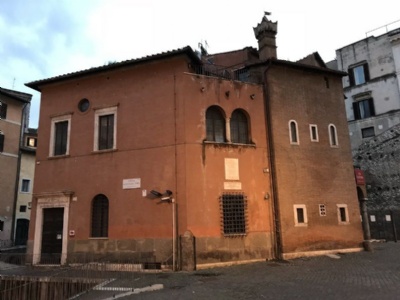
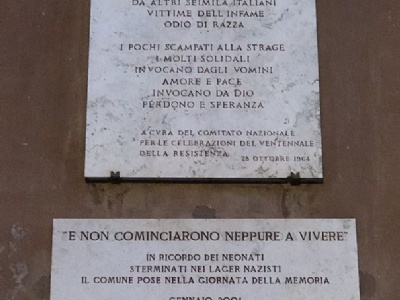


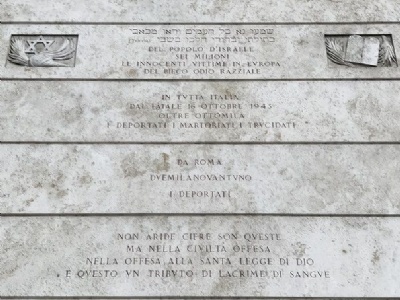
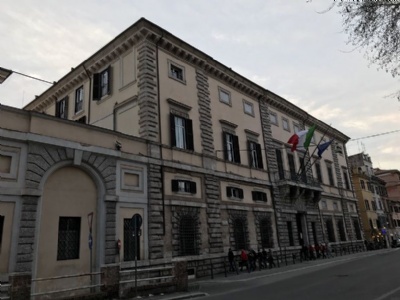
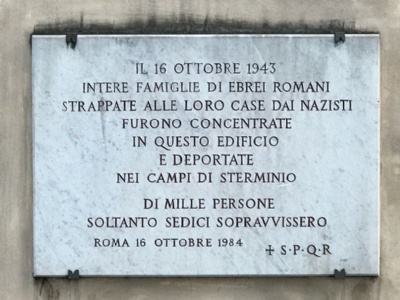
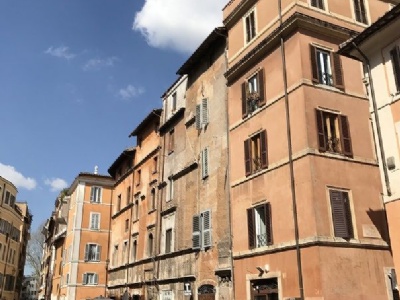
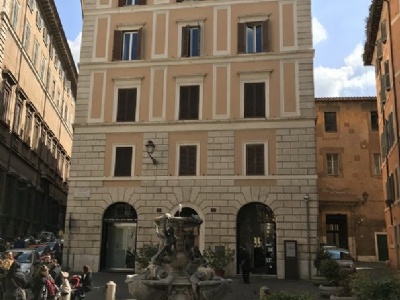
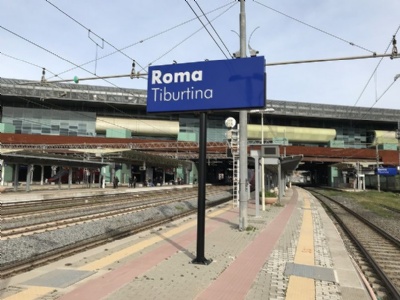
The Jewish character of the ghetto remains and there are several Jewish cafes and restaurants and a synagogue. It’s a cozy neighborhood with small alleys and streets. A bit outside the ghetto and along the river Tiber lies the military school that functioned as a temporary collection camp for the Jews arrested. It remains and on the facade is a memorial plaque. At the station Tiburtina, there was nothing.